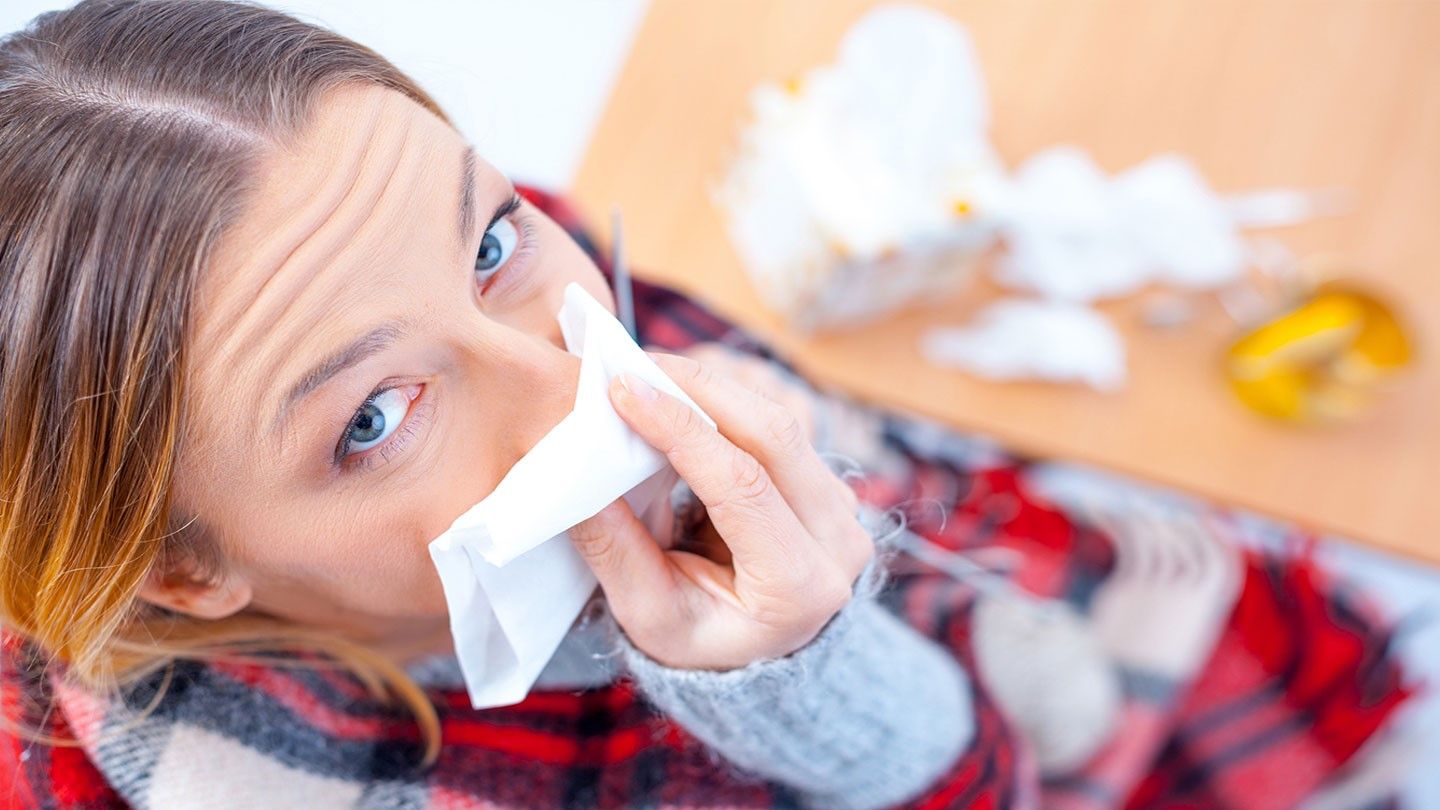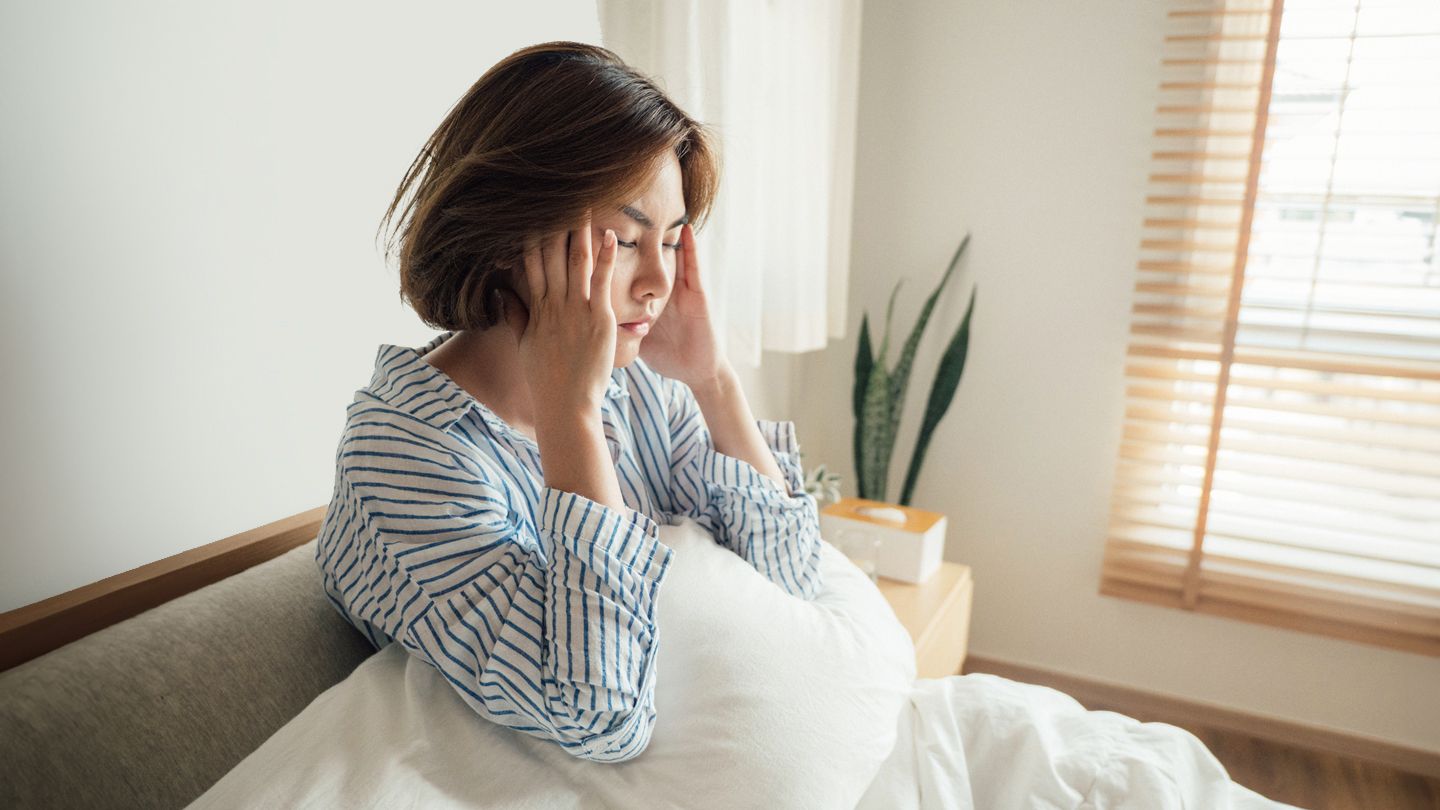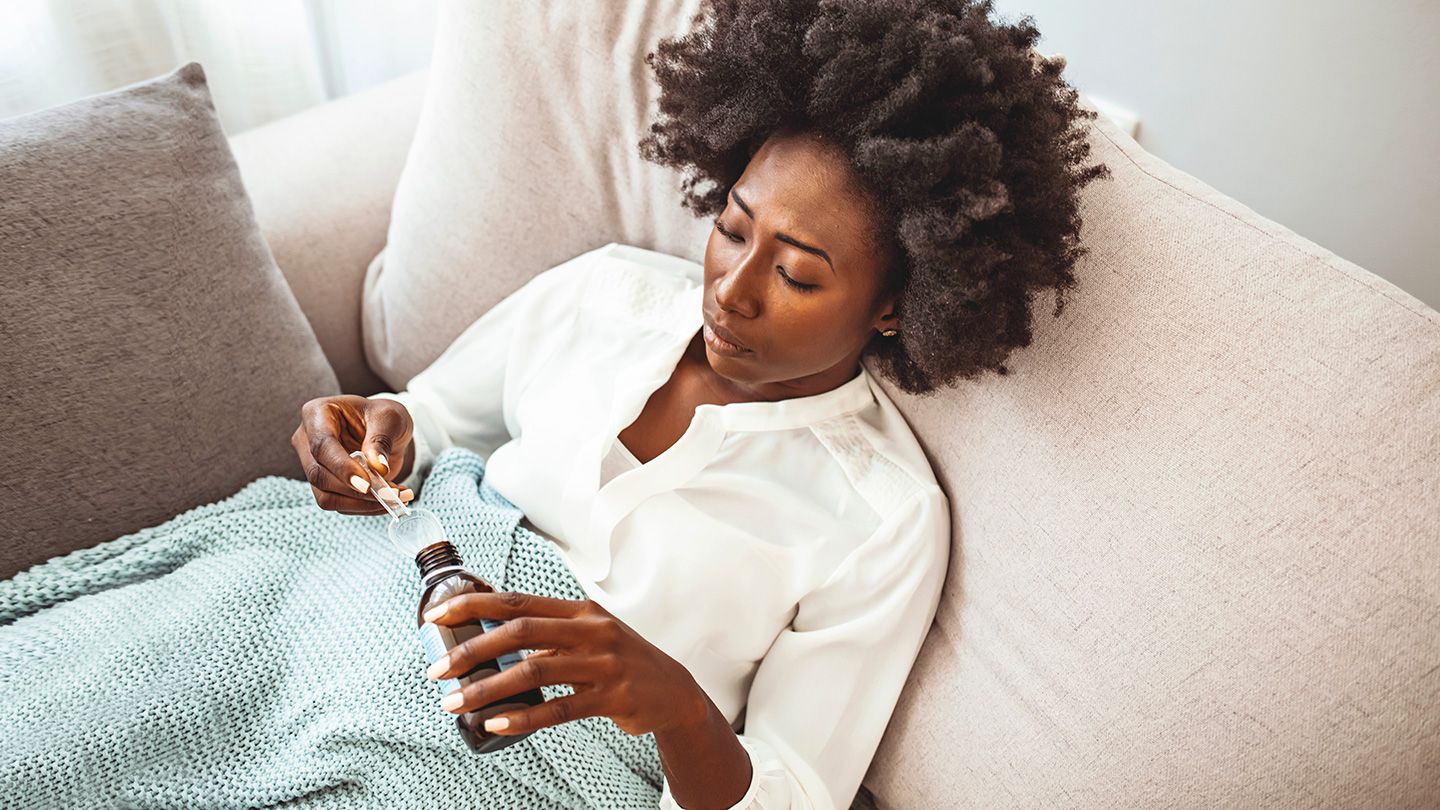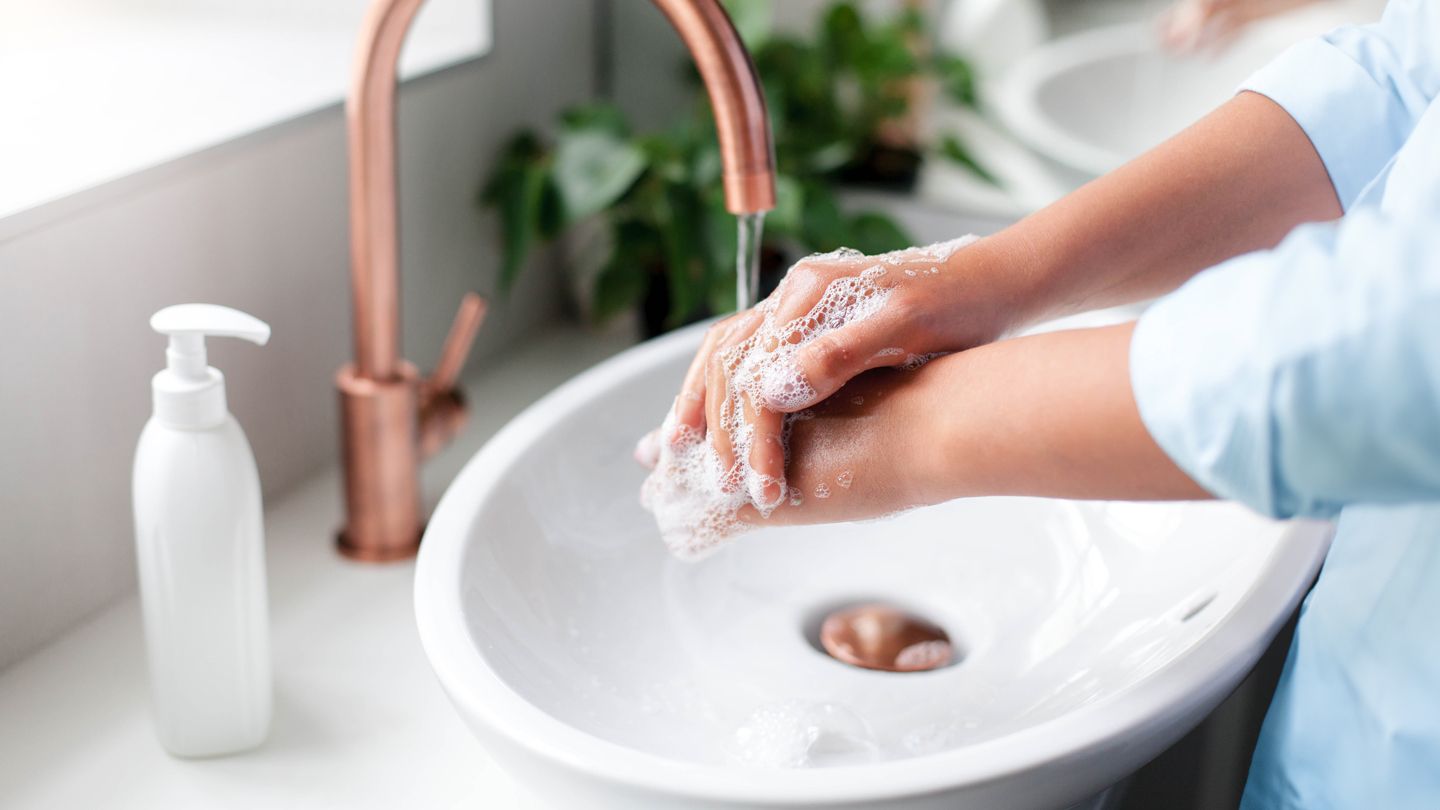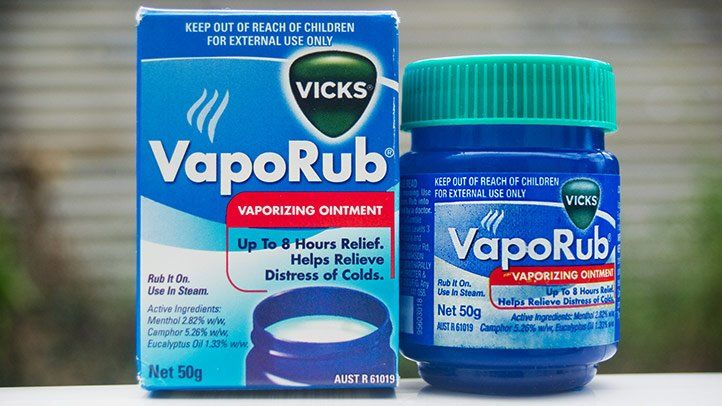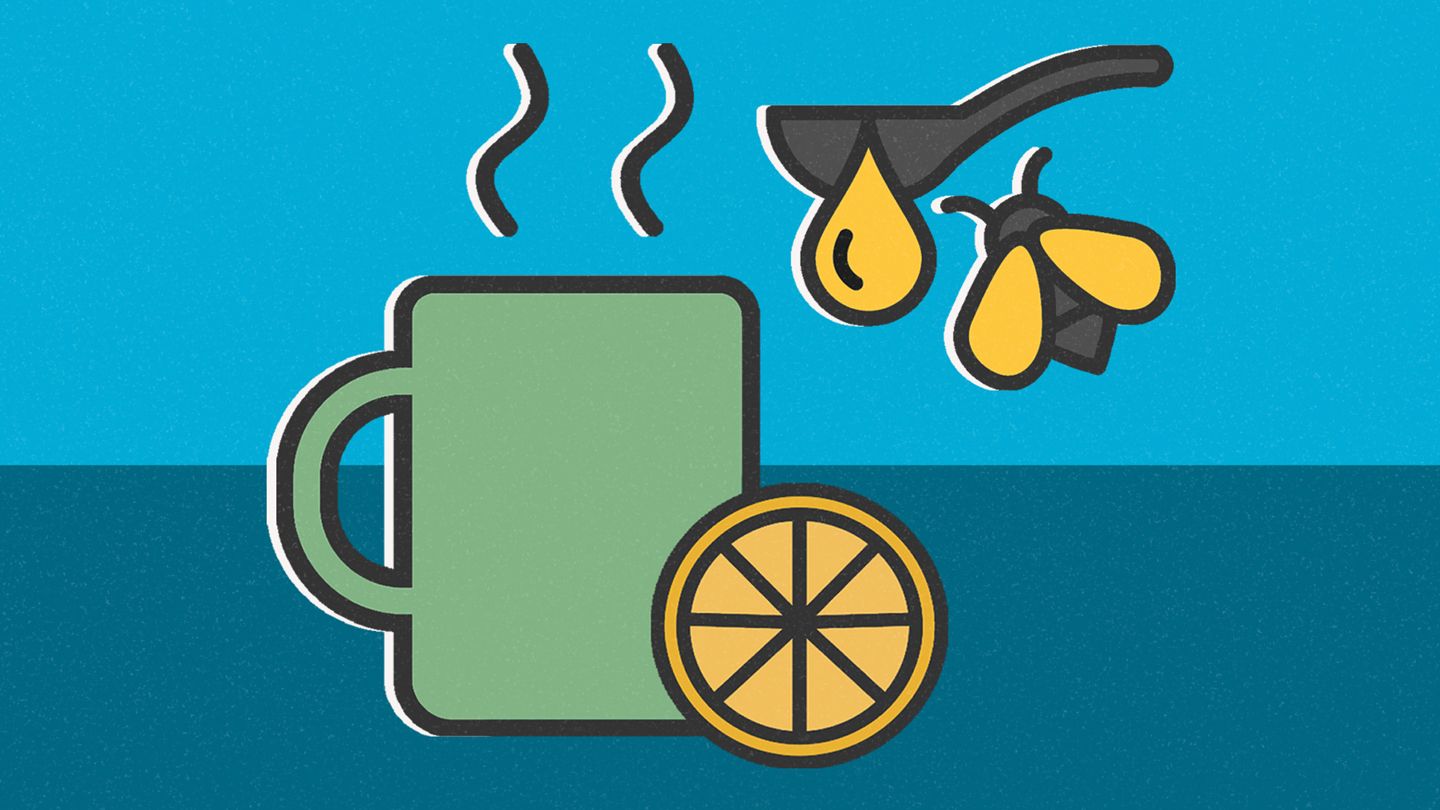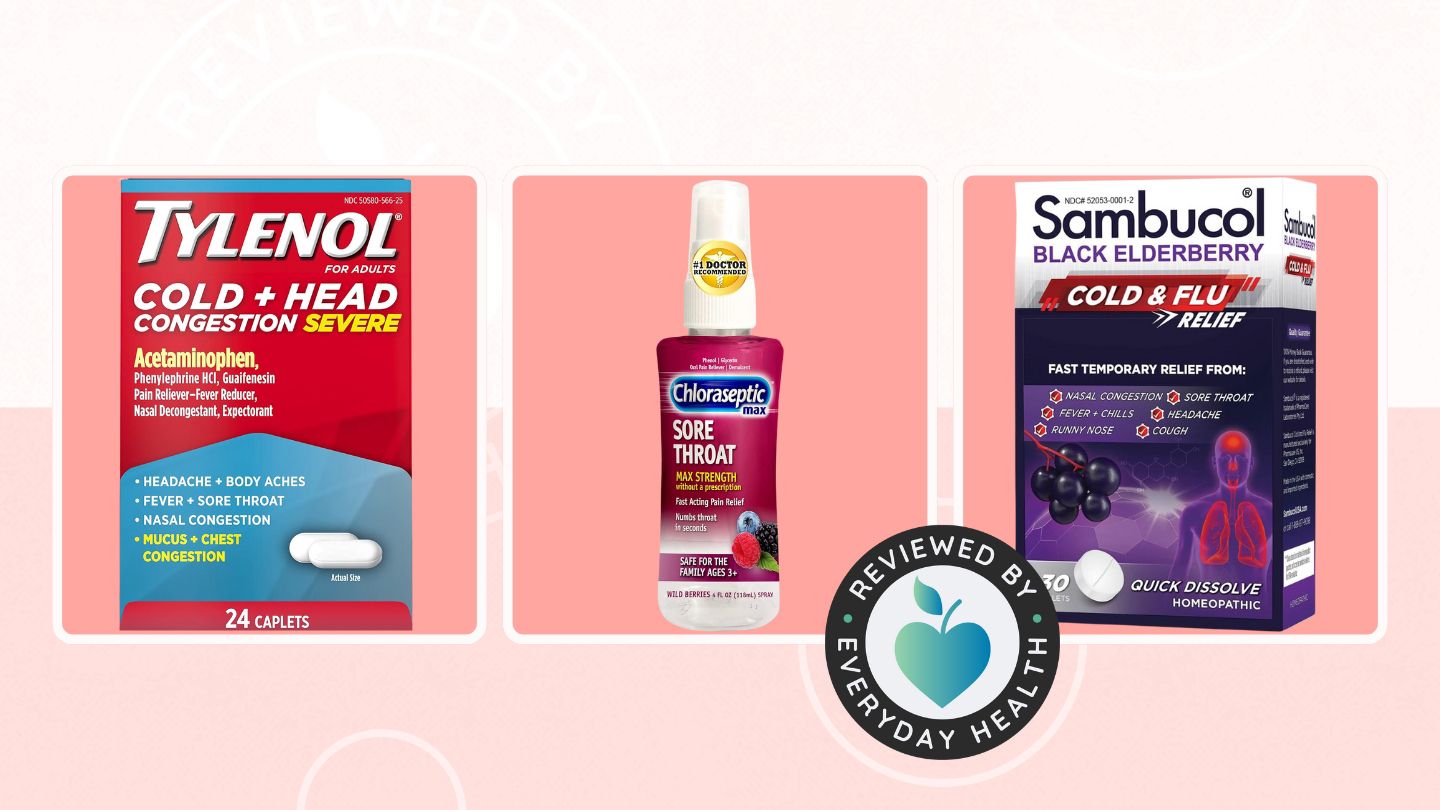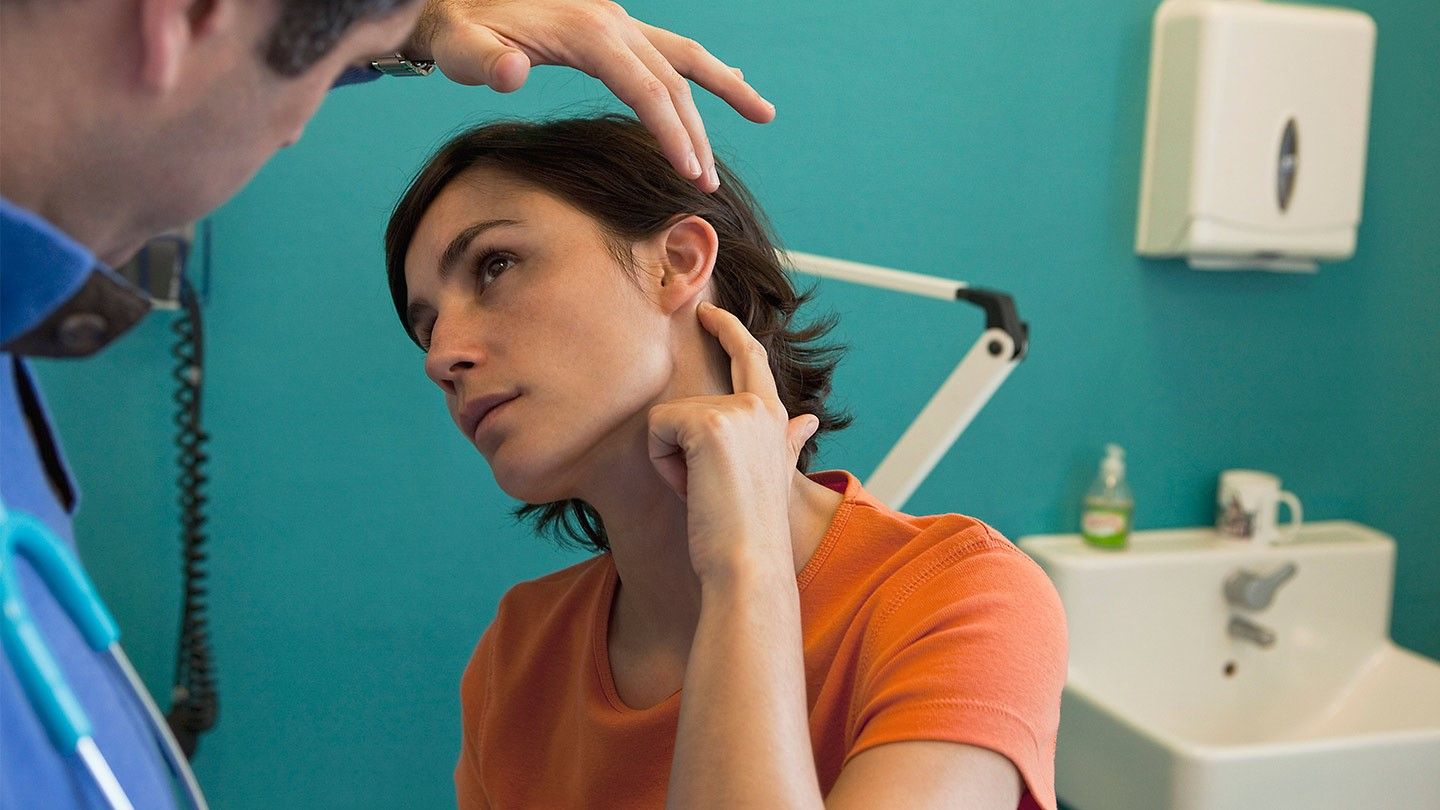That sweet relief when someone in your home finally kicks the flu it's like seeing the sun after days of gray clouds. But here's the thing, friend we're not quite out of the woods yet. While your loved one might be feeling better, your home could still be a breeding ground for those pesky flu germs, just waiting to ambush the next unsuspecting family member.
I know what you're thinking. "Really? Even after they're better?" Trust me, I've been there too. Last winter, my nephew bounced back from the flu in what felt like record time, and we all breathed a collective sigh of relief. Two days later, my sister-in-law was down with the same nasty bug. Lesson learned the hard way!
Why Cleaning Matters After Illness
Here's the science part and I promise to keep it friendly. According to experts at Geisinger, those sneaky flu viruses can survive on surfaces for up to 48 hours. Some strains? They're real houdinis hanging out on soft surfaces even longer and getting airborne when you least expect it.
Think of your home like a battlefield after the troops have left. Sure, the fighting's over, but there are still landmines everywhere. That's where post-flu sanitizing comes in. It's like calling in the cleanup crew to make sure no enemy soldiers are hiding in the corners.
You know that helpless feeling when illness strikes your household? Well, proper disinfection after flu can actually give you back some control. It's prevention in action and honestly, it's so much easier than going through another round of tissues and soup.
What Happens If You Skip Cleaning?
Let's be real when you're exhausted from nursing someone back to health, the last thing you want to think about is deep cleaning. I totally get it. But here's what happens when we take the easy way out:
The germs that caused all that misery? They don't just magically disappear. They're partying on your doorknobs, hanging out on your remote control, and probably having a field day in your bathroom. Skip the cleanup, and you're essentially rolling out the red carpet for round two or worse, inviting different bugs to crash your home.
The most heartbreaking part? Vulnerable family members think little ones, grandparents, or anyone with a compromised immune system are the ones who pay the price. I remember when my elderly neighbor caught the flu from her grandson who "felt fine" but had skipped proper cleaning. It took her weeks to recover.
Here's the good news: an hour of focused disinfecting can save your entire household from going through that ordeal again. That's like trading one Netflix episode for a week of healthy family time. Worth it, right?
Easy Step-by-Step Cleaning Guide
Alright, let's tackle this like the pros we are. No need for a Hazmat suit or industrial-strength chemicals. We're going for effective, not extreme. Think of this as a strategic cleanup operation targeted, thorough, and surprisingly manageable.
Focus on High-Touch Surfaces
First things first let's identify the hotspots where germs love to congregate. These are the places that get touched constantly, especially during illness:
- Doorknobs and handles (your home's most traveled germ highways)
- Light switches (yes, even the ones in the pantry)
- Countertops, desks, and tables
- Remote controls, phones, and tablets (follow WebMD's guidance for electronics)
- Faucets and toilet handles
For these troublemakers, disinfectant wipes work great. Want to go the DIY route? Mix 1 cup of bleach with 1 gallon of water but please, put on some gloves. This isn't about tackling dirt; it's germ warfare, and you deserve protective gear!
Tackle Soft Furnishings Thoroughly
Now let's talk about the soft stuff the places where germs can burrow in and play hide-and-seek. This requires a gentler touch but equal attention to detail:
- Wash all bedding in hot water (yes, comforters too)
- Toss those stuffed animals in the washer they're probably due for a spa day anyway
- Vacuum those rugs and upholstered furniture thoroughly
- Consider steam cleaning carpets if possible (WebMD notes that steam cleaning is excellent for eliminating stubborn germs)
Pro tip: Use high heat for both washing and drying. Heat is like kryptonite to most viruses. And whatever you do, don't shake those linens near other rooms you'll just be spreading the germs around like confetti at a party nobody wanted.
Clean Kitchen and Electronics Smartly
Your kitchen and gadgets need some love too, but we have to be smart about it:
- Wipe down phones, tablets, and keyboards with 70% isopropyl alcohol wipes (Geisinger recommends this method)
- Dishes used during illness should go straight into the dishwasher on high heat, or hand-washed with a bleach-based solution
- Consider using disposable plates and cups while someone's recovering to minimize cleanup later
Before you start scrubbing that fancy gadget, check the user manual you don't want to accidentally turn your smartphone into a very expensive paperweight. Quality products like Clorox wipes are generally safe for most electronics when used according to directions.
Freshen Your Indoor Air
Don't underestimate the power of fresh air! It's like giving your home a lungful of clean breath:
- Open those windows and let that fresh air circulate
- Run a fan to keep the air moving stagnant air is like a five-star hotel for airborne germs
- Consider using EPA-approved disinfecting sprays if needed, but natural airflow often works just as well
Sunlight and wind are nature's disinfectants, and they're free! Plus, there's something psychologically uplifting about letting fresh air into a space that's been closed up during illness. It's like telling your home, "The danger has passed let's start fresh."
Don't Forget Hand Hygiene
Here's the kicker even after cleaning everything, the most important step is keeping hands clean:
- Everyone should wash with soap and warm water for at least 20 seconds (Henry Ford Health System emphasizes this duration)
- Hand sanitizer is great backup when soap isn't available
- Make it routine: before eating, after touching shared surfaces, after handling laundry
I love creating a little "post-flu care station" a basket with hand sanitizer, wipes, and gloves in an easy-to-reach spot. It makes good hygiene habits feel special rather than like a chore.
Prevention for Future Health
Now that we've tackled the aftermath, let's talk about preventing this whole scenario from happening again. Because an ounce of prevention really is worth a pound of cure especially when that cure involves cleaning the bathroom twice!
Stop Flu Spread Within Family
Here are some practical habits that can become your family's secret weapons:
- Masks around vulnerable family members aren't just for pandemics they're surprisingly helpful
- Avoid sharing dishes, glasses, and utensils even when feeling "mostly better"
- Change bed sheets regularly every two weeks, flu or no flu (Dr. Zuberi from Henry Ford Health System recommends this practice)
- Make "sneeze into your elbow" the new high-five
I've found that turning healthy habits into fun family challenges works better than nagging. Who can remember to wash hands the longest? Who can identify the most germ hotspots? Little competitions make prevention feel less like medicine and more like a game.
Common Cleaning Mistakes to Avoid
Even the most well-intentioned cleaning efforts can backfire if we're not careful. Let me share some pitfalls to sidestep learn from my mistakes and those of countless others:
Big Cleaning Don'ts
| Mistake | Why It's Problematic | Smart Alternative |
|---|---|---|
| Mixing chemicals like bleach and ammonia | Creates toxic gas that can make you seriously sick | Stick to one disinfectant at a time, read labels carefully |
| Not letting disinfectants sit long enough | Most products need specific "contact time" to kill germs effectively | Check product labels patience really is a virtue here |
| Using only vinegar for virus cleanup | Vinegar is great for cleaning but ineffective against most viruses | Save vinegar for general cleaning; use EPA-approved disinfectants for illness |
| Shaking dirty linens and clothes | Releases virus particles into the air | Carry laundry to the washing machine rather than shaking it |
One thing I learned the hard way: different colored cleaning cloths for different rooms. Red for bathroom, blue for kitchen, green for general areas. It might sound fussy, but it significantly reduces cross-contamination. Plus, you get to feel like you're on a crime scene investigation team very dramatic, very effective.
When to Call in Pros
Most homes bounce back beautifully with good home disinfection practices after flu and honestly, there's something empowering about doing it yourself. But there are times when professional help makes sense:
If someone in your home had a more serious illness like norovirus or severe bronchitis, or if you're dealing with a multi-level home that's particularly challenging to sanitize thoroughly, professional cleaners might be worth considering. They have specialized equipment and training that we weekend warriors just don't possess.
Also, if you've recently experienced a loss in your family, please don't hesitate to ask for help with cleaning. The emotional weight of handling both grief and thorough sanitization can be overwhelming, and there's no shame in letting someone else tackle the physical aspects while you focus on healing.
Moving Forward Healthier
Getting through the flu feels like crossing a finish line, but true victory comes from making sure those invisible enemies aren't waiting to trip you up again. I know it seems like overkill cleaning when someone's already feeling better but trust me, your future self will thank you.
Think of this not as punishment for being sick, but as investment in staying healthy. Build those simple habits:
- Keep reusable cleaning supplies easily accessible
- Maintain good airflow in your home regularly
- Wash hands like it's your job (because honestly, it kind of is!)
This combination creates what I like to call your family's "health shield" a protective bubble that doesn't require heavy armor, just consistent, thoughtful habits.
Still puzzling over how often to sanitize different areas? Wondering what works best for your specific home setup? I'd love to hear your experiences and questions. Because you know what? The best cleaning tips often come from real families tackling real challenges just like yours.
Stay clean, stay connected, and remember we're all figuring this out together, one doorknob at a time.
FAQs
How long can the flu virus live on common household surfaces?
Flu viruses can survive up to 48 hours on hard surfaces like doorknobs and countertops, and even longer on soft materials such as fabrics and upholstery.
What disinfectants are safest and most effective for post‑flu cleaning?
EPA‑approved products containing at least 70 % alcohol, diluted bleach (1 cup bleach per gallon of water), or quaternary ammonium compounds work well. Always follow the label’s contact‑time instructions.
Can I properly clean pillows, blankets, and stuffed animals without hiring a professional?
Yes. Wash bedding and washable plush toys in hot water (≥130 °F/54 °C) and tumble‑dry on high heat. For non‑washable items, vacuum thoroughly and consider steam cleaning.
During flu season, how frequently should I disinfect high‑touch areas?
Ideally, wipe down high‑touch surfaces (doorknobs, light switches, remote controls) at least once daily, and more often if someone is ill.
Do I need to wear gloves while disinfecting after a flu case?
Wearing disposable gloves is recommended to protect your skin from chemicals and to avoid spreading virus particles from one surface to another. Dispose of them after each cleaning session.
Disclaimer: This article is for informational purposes only and does not constitute medical advice. Always consult with a healthcare professional before starting any new treatment regimen.
Related Coverage
Figuring out if you have a cold vs the flu can be tricky. Compare body aches, fever, fatigue and more to determine if intense influenza or bad cold....
Taking NyQuil and Afrin nasal decongestant simultaneously is generally safe for healthy adults if proper dosage limits are followed. But side effect risks warrant consideration....
Wondering if NyQuil is sugar free? Get the facts on the sugar and carb content in different NyQuil products. Compare regular vs sugar-free NyQuil here....
Take this hand hygiene quiz to see if you know all the right handwashing techniques to kill germs. Learn effective scrub time, soap use, rinsing, drying steps....
Discover if Vicks VapoRub is an effective remedy for nausea relief. Explore the science behind menthol, aroma, and anecdotal evidence. Learn about proper usage and alternative natural remedies....
Chopped onions and raw honey make traditional cough remedies. Through antibacterial, anti-inflammatory and expectorant properties, onions and honey soothe sore throats....
Coughing puts pressure on the uterus, but doesn't directly cause PROM. However, respiratory infections may increase risks. Learn causes, warning signs, and managing PROM....
Steamy vapor baths provide natural congestion and cough relief. Learn how warm bath water and essential oils help clear mucus and ease cold symptoms....
Learn about the top homeopathic medicines that can provide relief from chest congestion due to cold, flu, asthma, allergies. Understand the causes and best home remedies....
Sore throat and earache often stem from the same underlying illness. Learn about the most common causes of simultaneous throat and ear infections and the best treatment approaches....
